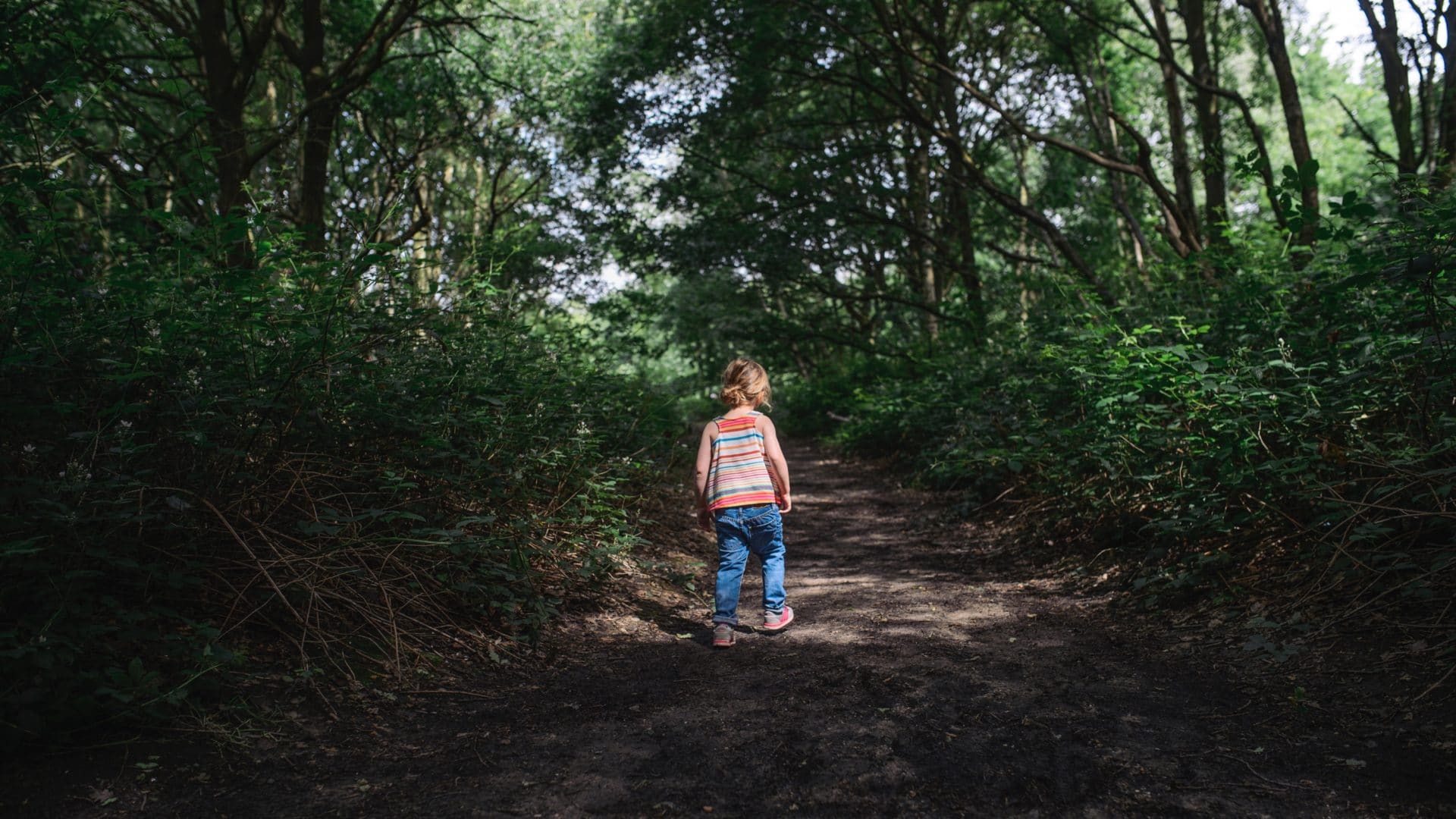Over the last several years, the traditionally old-fashioned treasure hunt has gotten a high-tech makeover with the advent of an activity called “geocaching.”
Geocaching is a fun (and basically free) virtual outdoor treasure hunt. You can use any GPS-enabled device to help you navigate to a certain set of coordinates, and then try to find the geocache that’s hidden there. (It’s hidden so that random passers-by can’t find them easily and move them.)
In fact, it’s become so popular that there’s a free Geocaching app that makes the activity not only possible, but downright simple.
Want in on the fun? Here are five easy steps to get you started.
1) Gather Everything You Need
It doesn’t take a lot to go geocaching. At a minimum, parents — or nannies — will need a handheld GPS unit or a GPS-enabled smartphone. To make things easier for you, we recommend that you use your smartphone. You’ll also need a maps application like Google Maps installed on your phone, as well as the Geocaching app (which, again, is free and is available for iPhone or Android).
2) Sign Up
Once you have the Geocaching app on your phone, create a free basic account using your email address and allow the app to access your location while you’re using it. Once the system has verified your email address (it’ll send you an email with a link to click on), the app will be ready to go.
3) Search for and Select a Cache
In the Geocaching app, click on “Map” in the navigation bar at the bottom of the screen. If you’ve allowed the app to access your location, you’ll see your location on the map — and all of the caches around you. They’ll appear in different colors, depending on their type:
- “Traditional caches” are boxes that contain a logbook or toy. These appear as dark green on the geocaching map. (a box with a logbook or toy inside) are dark green,
- “Multicaches” are multi-stage scavenger hunts that involve clues. These appear as yellow on the map.
- “Advanced traditional caches” require a paid membership to access (at $29.99/year). These appear as gray on the map.
Want to see more details of what’s around you? Click on the list view at the top of the page. You can also click on individual caches for more information and to select them for navigation.
You can also filter caches by any metric you’d like: it can be by the type of cache you’re looking for, or by the level of difficulty or terrain. Just log into your account on geocaching.com and use the free filters there; they’re much easier to use than the ones in the app. Then, navigate to that same cache in the app and proceed normally from there.
4) Fire Up the GPS and Navigate to the Cache
Once you find a cache that you want to navigate to, select it in the app. Then, all you have to do is hit the “Start” button to begin navigation. If you hit the right arrow icon at the top of the screen, that will to send the location to your maps app. This will automatically transfer the location data to your app, and you’ll have turn-by-turn directions to find your cache — whether you’re traveling by car or foot.
5) Leave Your Mark
Once you’ve navigated to the cache, it’s time to open it up and see what’s inside! Sometimes, there’s a logbook to sign. Other times, there will be a toy prize. If there’s a prize and you want to take it, make sure to leave something of equal or more value in its place for the next treasure-hunter.
To log the cache, click the “Stop” button in the app, then select the name of the cache to reveal its details. You’ll see a “Log Geocache” button. You can then mark that you found the cache and even leave a note about the experience that’s viewable by other users.
Good work! You’re ready for your next cache!



